In recent years, many European cities have banned huge cruise ships from entering their ports. Often described as “floating cities,” they unload thousands of tourists daily. Many locals, from Venice to Barcelona, have simply had enough as the ships seem to cause far more environmental damage than any perceived benefit to local economies. With Norway’s world-famous fjords a popular place for these ships to cruise to, what can be done to ensure that these floating mammoths don’t ruin these pristine landmarks?
Changing tides for cruise ships
As the European summer heats up and rolls on, COVID restrictions slowly ease, many people will seek to board ships and cruise the many tranquil seas of Europe. However, in recent years, citizens in port cities, from Dublin to Santorini, from Amsterdam to Barcelona, are fed up with these buoyant behemoths of mass tourism.
Whilst many European countries rely on tourism, especially those bordering the Mediterranean and Adriatic seas, it appears that the public mood has swung wildly against cruise ships. Where once they were welcomed with open arms, seen as vital sources of economic and employment activity for local economies, they are now seen as an annoyance and a harbinger of cultural and environmental damage.
As cruise ships are a common sight in Norwegian waters throughout the warmer months, what are the lessons can Norway learn from other countries to ensure that ever so delicate balance between the economic benefits to regional areas of this country whilst also seeing adequate protection of the natural environment, so envied and admired the world over?
Huge growth forces passengers caps, cruise ship bans
Pick a summer’s day in many European cities (in the times before COVID, of course) and chances were you’d run into a cruise ship passenger or two. The number of passengers that cruise ships, operating in European waters, have taken on reached such a crescendo over the past decade that it felt like Europe was being constantly bombarded with over-tourism.
You know the situation is bad when Bruges – that beautiful Belgian baroque masterpiece – yet hardly renown as a port of call for any European cruise (mea culpa to our Belgian readers) – received, in 2018 million alone, 8.3 million tourists…of which a record 6 million (yes, you read correctly, SIX million… more than the entire population of the country) were cruise ship passengers.
For cities with a longer history of being stops on a cruise, locals are fed up. Santorini, one of the jewels of the Greek islands, capped its visitor numbers, for 2019, to 8,000 a day. The popularity of the island due to its charm, natural beauty, and beaches saw it receive 850,000 visitors, via cruise ships, in the summer of 2018 alone. This influx of tourists caused both traffic, pollution, and environmental degradation issues leading to the cap.
Venezia went one step further. Since April 2021, the Italian government has been flip-flopping on an outright cruise ship ban altogether. As of July 13, it announced a new ban, on ships weighing over 25,000 tons and with a length of over 180 meters, from entering its historic lagoon. Ships now dock at an industrial port, some hours away from the historic city center, rather than squeezing up the Guidecca Canal and further damaging a city that is quite literally anything but ship shape.
Can cause huge environmental damage
In an era where environmental issues are at the very forefront of both business and politics, cruise ships are often seen as a relic from the past with little regard to their carbon footprint.
Cruise ships often rely on heavy fuel oil which has a high sulfur content but is cheaper than other environmentally friendlier forms of fuel. This use of fuel causes the emission of toxic fumes and gases into the surrounding air. In fact, it has been discovered, according to Euractiv, that one cruise ship, carrying 2,000 passengers, can “emit the same amount of particulate matter in one day as one million cars.”
What is also a concern is the impact that these emissions can cause on both man-made and natural environments. A high level of nitrogen oxide, present in these emissions, is a key component of acid rain and has been linked to many respiratory diseases.
One of the key concerns for Venezia was the damage that these cruise ships are doing to the seabed. Not only do some cruise ships quite literally dump their sewage behind them but there are fears that these giant structures can erode the seabed, and damage precious marine environments, in shallow waters, like the Venetian lagoon.
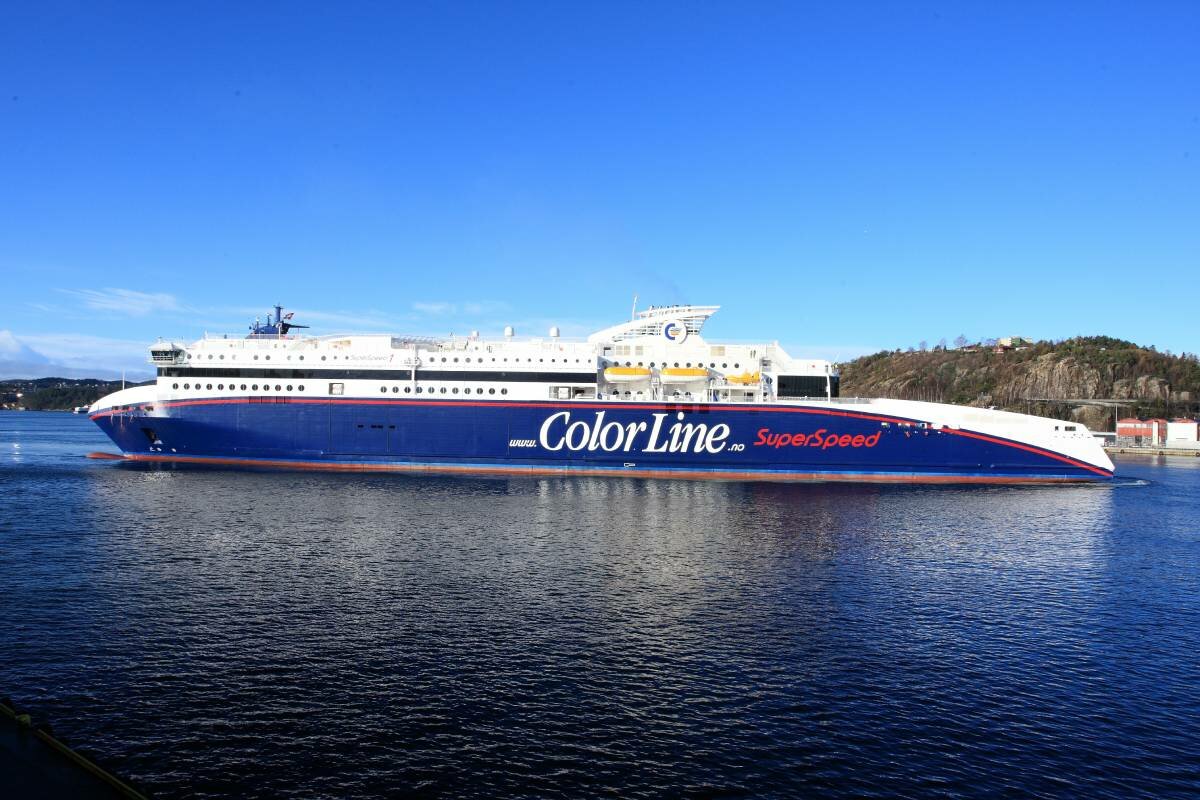
Stricter regulation needed in Norway?
The center of tourism in Norway, during the warmer months, is in cities like Bergen and Stavanger. From these cities, many pleasure boats and cruise ships set out to sail in the UNESCO World Heritage-listed West Norwegian fjords. Like Venezia or other cities dotted throughout the Meditteranean and Adriatic seas, cruise ships are big business on the west coast of Norway.
According to Innovasjon Norge, cruise ships were very much a part of unprecedented levels of tourism in the country. There was not only record growth in cruise-related tourism (7 consecutive years of growth up until 2019) but also a record amount of cruise passengers. For the cruise season of 2019 (May to September), some 2,000 cruise ships carried both 850,000 cruise passengers but were also responsible for delivering a record 3.6 million “day tourists” to Norwegian harbors.
These are huge numbers for a small country with such a uniquely precious marine environment. As cruise ships, and tourists, slowly start to make their way back into Norwegian waters, this is exactly the time to start to develop a national strategy for balancing the economic with the environmental.
Environmental issues will feature heavily in the upcoming election
With an election due in September, the differentiation of environmental policies will be of key concern to many voters. One only has to look at how the environmental messaging, typified by parties like Miljøpartiet De Grønne (Green Party), has permeated the political debate in recent years. Protecting the “blue economy” is now considered a strategic national interest.
Seeing as though much of the cruise ships enter into fjords and other unique marine environments, are there levels of protection adequate to safeguard these natural wonders?
The government, along with various municipalities nationwide, already have a somewhat questionable record about the adequate protection of marine environments throughout Norway. If vast areas of so-called “protected” marine parks, natural reserves, seas, and rivers are already blighted by commercial and personal fishing, on the government’s watch, what is happening to one of Norway’s most precious natural wonders?
Are there adequate levels of regulation and protection to ensure that these city-sized cruise ships, and their daily dose of thousands of tourists, aren’t damaging the precious eco-systems of the west Norwegian fjords and in other Norwegian waters?
Let’s rethink cruise ship policy before it’s too late
The worldwide pandemic has allowed the world to reset. We have all seen the images of once bumper to bumper gridlocked highways and crowded city streets being reduced to total silence. As this year’s cruise season is underway, though vastly reduced due to ongoing pandemic restrictions, this should be a time to reevaluate and analyze the varied impacts that the cruise ship industry has on Norway and its waters.
The city of Dubrovnik, with its UNESCO-listed city center, is a leading example of how to create a symbiosis of environmental concerns and economic profits. In 2019, fed up with cruise ships piling environmental pressure on a delicate man-made and natural environment, it signed a framework, with one of the major cruise associations in Europe (Cruise Lines International Association), for the promotion of socially and environmentally friendly cruise tourism from 2020 onwards.
Norway needs to ensure that cruise ships – though they bring in millions of kroner into local economies every day – must adhere to the highest environmental standards, practices, and regulations. One must ask just what exactly is the real cost, for future generations, if a short-term economic windfall is gained at the expense of a precious, delicate, and beautiful natural environment, like the fjords?
The opinions expressed are those of the author and are not held by Norway Today unless specifically stated.
About the author:
Jonathan is a lover of the written word. He believes the best way to combat this polarization of news and politics, in our time, is by having a balanced view. Both sides of the story are equally important. He also enjoys traveling and live music.
Source : #NorwayToday / #NorwayTodayNews
Do you have a news tip for Norway Today? We want to hear it. Get in touch at [email protected]

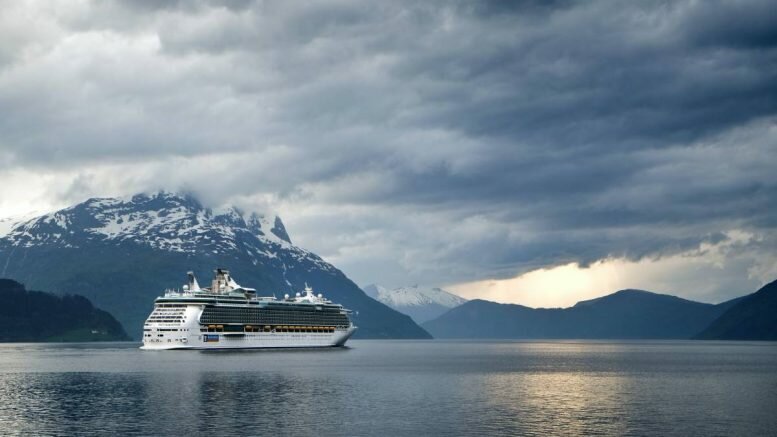

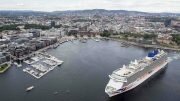
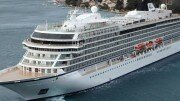
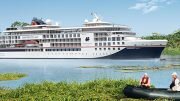
Be the first to comment on "Should Norway have a cruise ship ban for its world-famous fjords?"